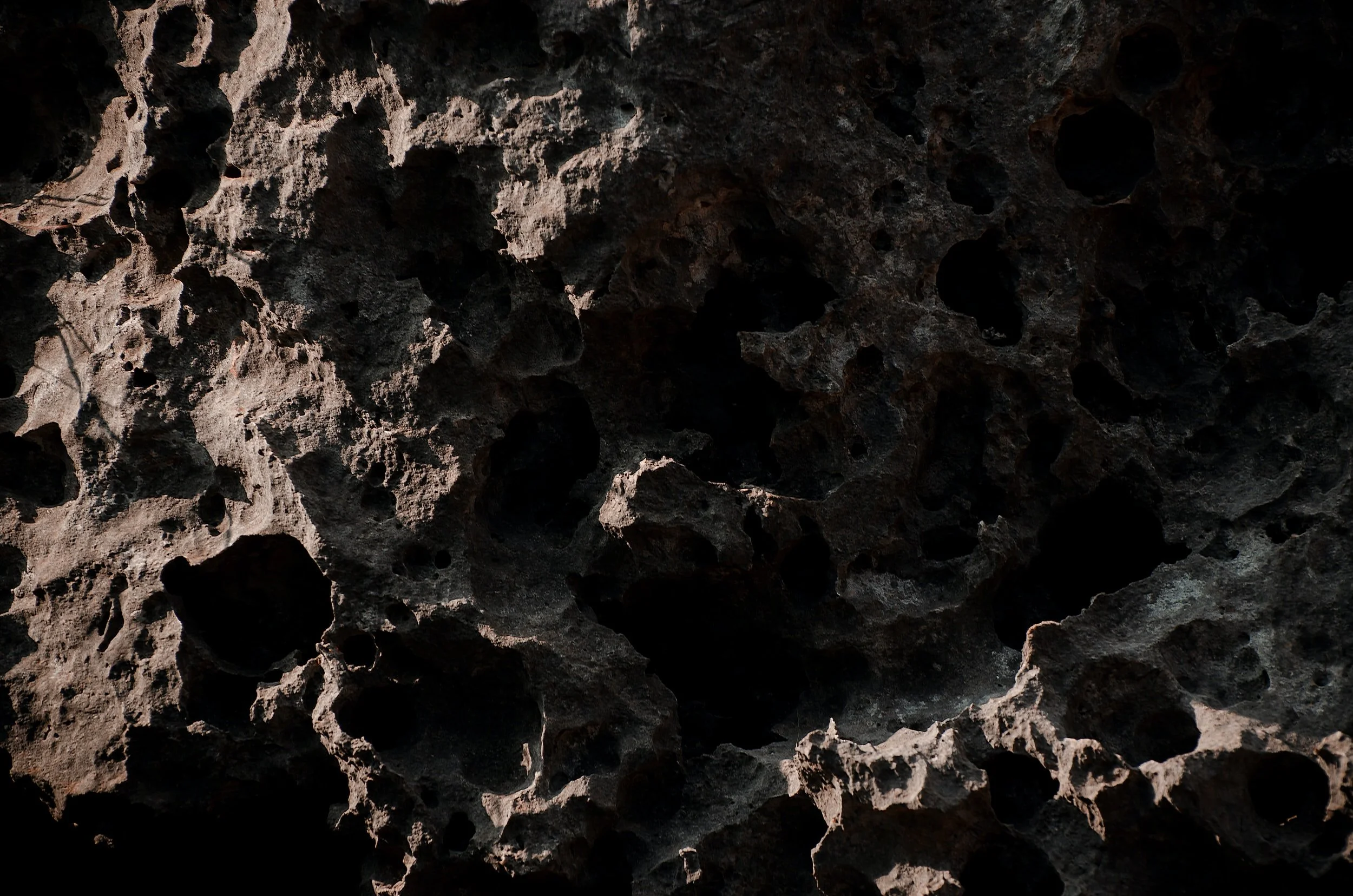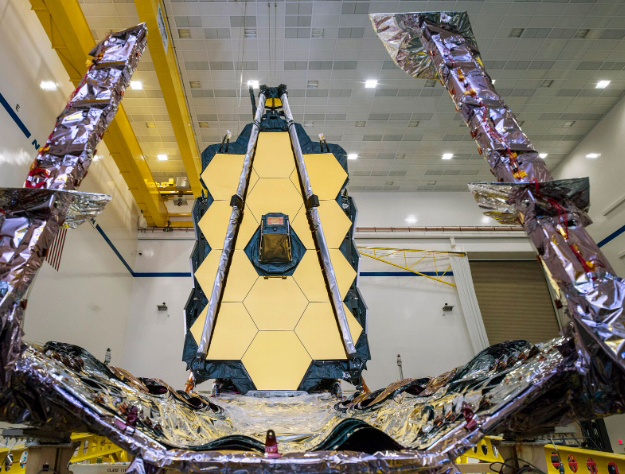Event Horizon Telescope Studies Our Galaxy’s Supermassive Black Hole
Astrophysicists and scientists have revealed the first image of a new black hole. The black hole is an invisible space in the galaxy where gravity can't be felt. It's so strong that light can't penetrate its body. Instead, the light gets trapped in its core. Anything going into the black hole compresses into a relatively small size, breaking all existence of time. Some scientists believe that a black hole is a “no man's land,” and nothing exists inside a black hole.
Many predict that the emergence of the black hole is a result of the compression of matter into a tiny space. Others believe the collapse of a star can cause several black holes to form. The image was taken by the research team known as the Event Horizon Telescope collaboration. The project was successful due to the usage of several other radio and imagery telescopes. Astronomers are currently employing the use of EHT and other NASA groups of telescopes to observe the black hole known as Sagittarius A (Sgr A).
In 2017, when NASA was observing the black hole, it was also detecting with wavelength using observing machines. It helps to detect different wavelengths of light emitting from the black hole.
The wavelength monitoring team used data from NASA's Chandra X-ray Observatory, Nuclear Spectroscopic Telescope Array (NuSTAR), and some radio observatory data from the East Asian Very Long-Baseline Interferometer (VLBI). An imperative goal of the image was to glimpse x-ray flares which are said to be driven by similar magnetic processes as the sun. The EHT produced thousands of images.
These flares appear across the milky way daily. However, those from the sun are a million times more powerful than those from the black hole. The EHT produced a previous image of the black known as M87, the recent black hole image is more delicate than the former. The two black holes are similar except that Earth's black hole is smaller than the M87.
Questions are being asked regarding how the black hole sustains itself. Amongst the plethora of questions, scientists consider these as the most important.
● Why hasn't the black hole trapped the materials around it?
● How does it interact with the milky environment?
Currently, the process of ingestion and trapping of materials by the black hole is undergoing study and it's referred to as Accretion. The process is somewhat similar to how other planets form and grow. The images show hot gasses hovering around the black hole. It's important because it gives scientists an idea of how much material is drawn from nearby stars by the black hole.
The new set of data will shed more light on how some of these gasses behave. The process isn't fully understood but further research is still going on.
Future Plans
Capturing images of Sagittarius A isn't the end of the black hole observations. Scientists want to explore the black entity and find out the presence of any jets.
Previous black hole images suggest the presence of shooting lights in opposite directions which is a result of intense gas heating and spinning.
If the Sgr A were to have jets, it would be a weaker jet. It can inhibit and propel chemical formation around the black hole.
Reference







